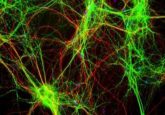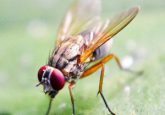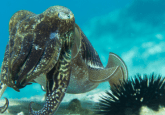The wider animal kingdom
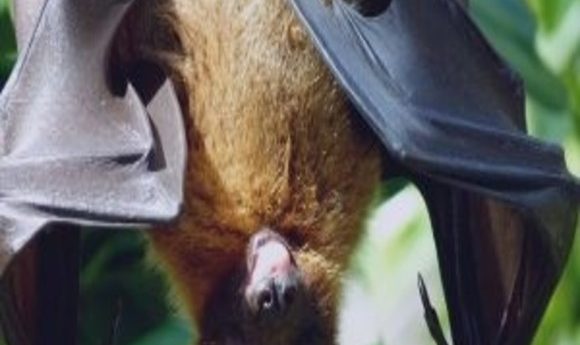
Mice, worms, and flies offer so much insight into biology, but what about the thousands of other animals out there with secrets to tell? During our special “Animal Models Week,” we will highlight researchers developing new and unique animal models and the fascinating biological stories only these animals can tell.
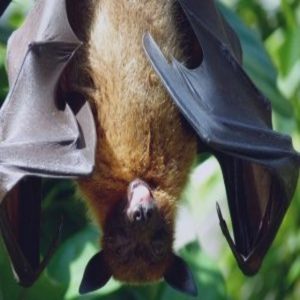
Scientists have amassed mountains of data from experiments done in cultured cells and tiny plastic tubes, but to understand how those cells work together in vivo, researchers need to use animal models. For this, they turn to mice, worms, and flies—the most trusted of all animal models, having been bred in the lab for so long that genetically identical strains with nearly any phenotype—and many genotypes as well—are readily available.
Now, some researchers are looking beyond these traditional model critters to identify other animals that could make excellent laboratory models. This week in BioTechniques News, we report on some of the latest, and strangest, animal models being used in the lab.
We’ll start off with the arctic ground squirrel. This native of the northernmost part of the American continent may seem similar at first glance to the common mouse, but its internal clock is unlike any other. This special little rodent rises and shines at precisely the same time of day everyday, unaffected by months of continuous summer sun. This punctual squirrel has yielded some surprising insights on the circadian clock.
Is your lab filled with fun and joy? Later this week, we’ll speak to researchers studying happy, playful dogs who are helping to teach their scientific masters about genes responsible for energetic social engagement–not just in dogs, but in humans as well. We round out our survey of unique mammal models with the bat, whose immune system allows it to carry viruses that quickly ravage human populations but don’t cause so much as a sniffle or sneeze for bats.
Of course, we can’t neglect invertebrates. During this week, we will introduce you to the first known species to lack gut microbes and learn what this particular animal model can offer microbiome researchers. We will also show how researchers who have overcome their own versions of arachnophobia are using spiders as models to improve everything from cell culture to wound healing—and how one team plans to improve on nature to really make spiders labor for the improvement of human health.
Finally, we’ll close out the week with what may just be the most hated animal on earth: the cockroach. What could we possibly learn about human biology from the lowly cockroach? You’ll find out this week in our animal models series.
